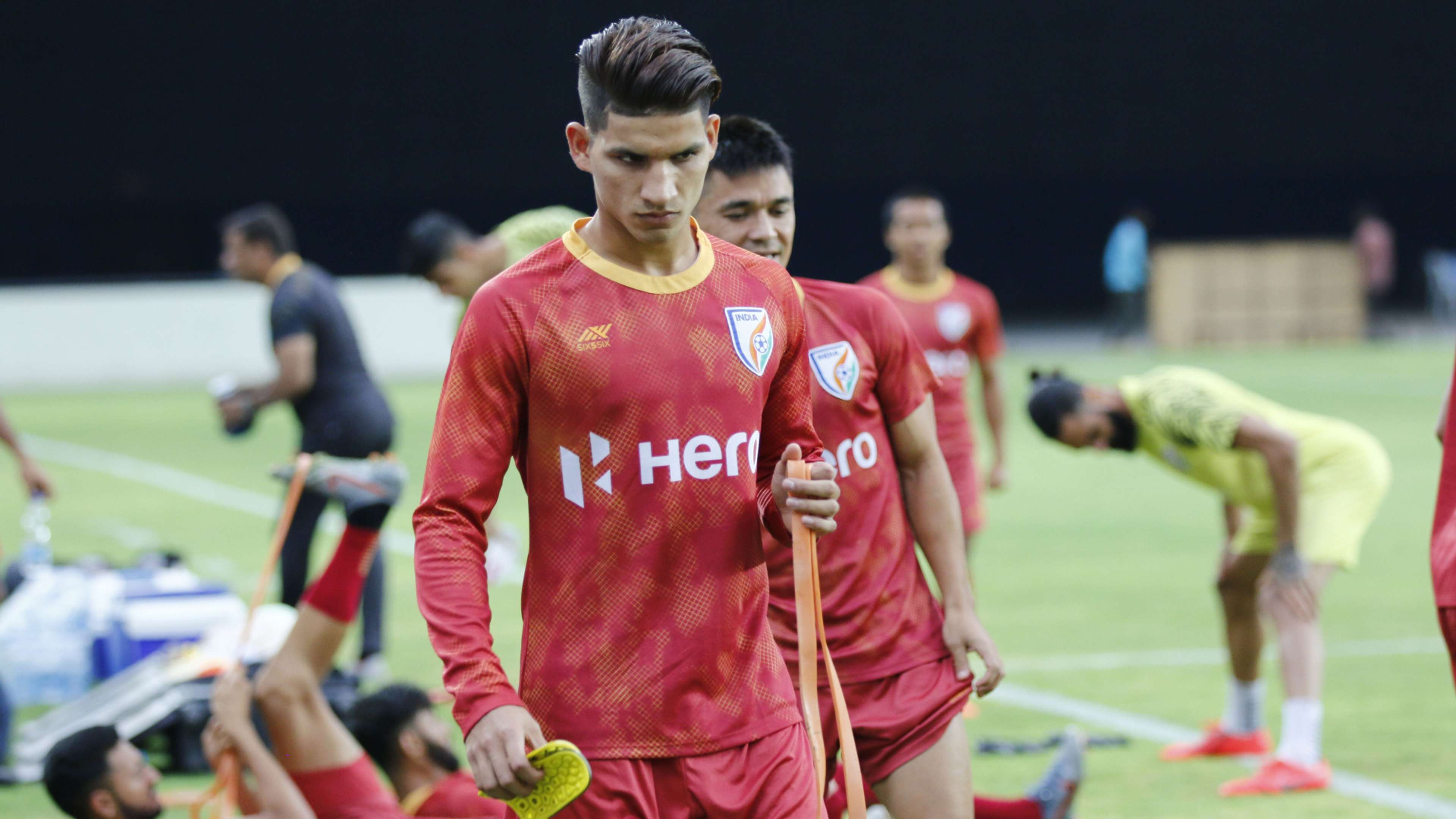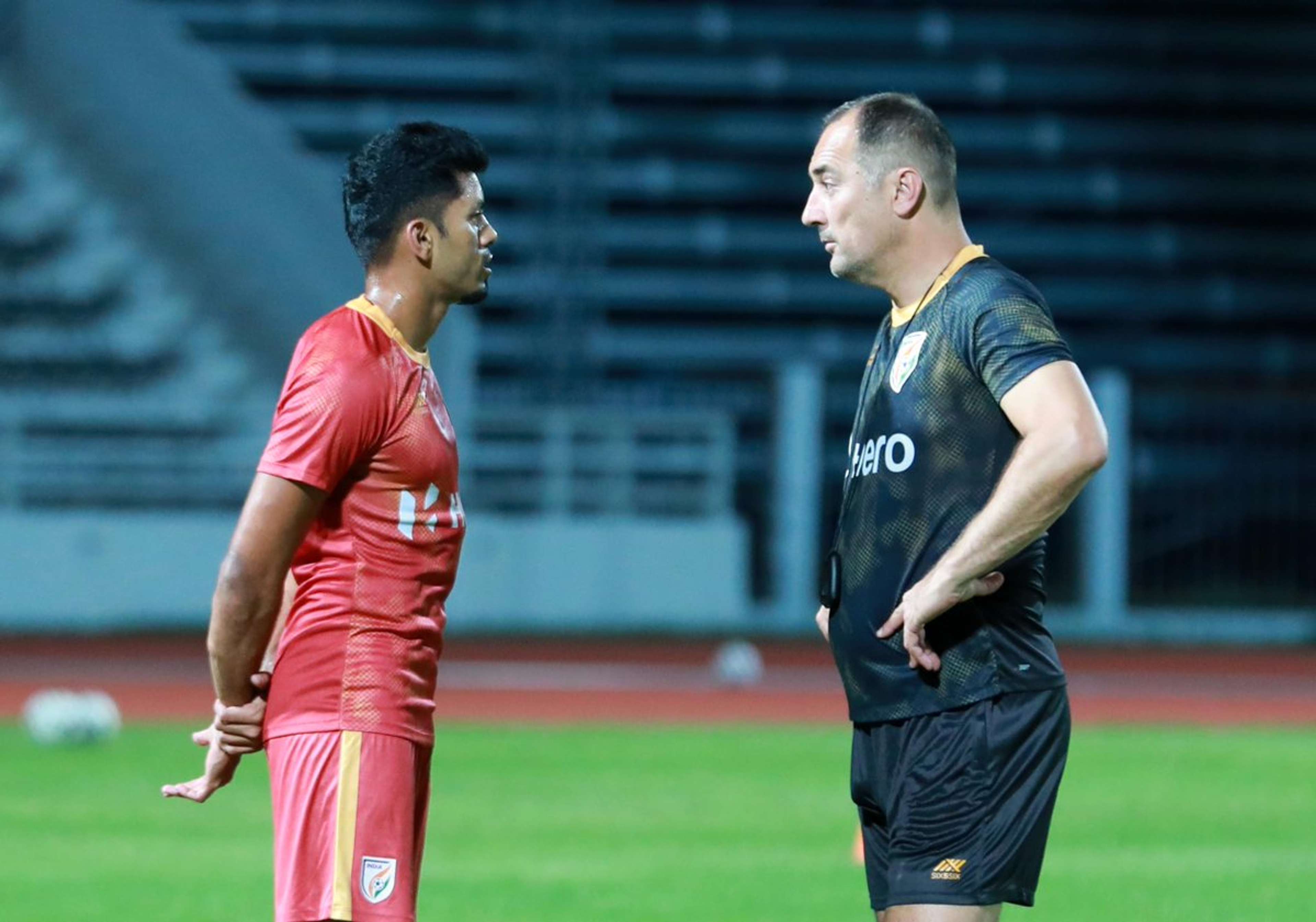The second major assignment as head coach of India has come to an end for Igor Stimac with the side finishing bottom of the standings in the 2019 Intercontinental Cup conducted in Ahmedabad.
The Croatian has made it abundantly clear from the very start that changing the style of play of the team is one of his primary objectives and he did not hesitate to experiment towards that in the four-team tournament at Ahmedabad.
Continuing with the approach he took in the King’s Cup in Thailand, Stimac was willing to chop and change over the course of the tournament in an attempt to arrive at his best possible XI for the upcoming 2022 FIFA World Cup qualifiers starting in September.
The former Croatia head coach has now made a total of 35 changes in his five starting XIs for India so far and he has not shied away from blooding youngsters in the senior team.
While he was quick to stress that results in the Intercontinental Cup would be secondary before the start of the tournament, the fact that India managed to ship in 10 goals at the back in three games does not really bode well for Stimac and India ahead of round two of the World Cup Qualifiers.
It is quite evident from his brief tenure so far that the Croatian’s preferred approach to the game is a possession-based one. Stimac has insisted that the team build from the back with short passes instead of lumping it forward aimlessly at every opportunity.
In a major shift from his predecessor Stephen Constantine’s reign, Stimac has placed greater emphasis on technical abilities and that has reflected in his decision to hand India debuts to several promising young players.

Players such as Sahal Abdul Samad, Mandar Rao Dessai, Lallianzuala Chhangte and Anirudh Thapa have all featured prominently in the Croatian’s plans so far. They aren’t the mostly physically imposing of players but their technical ability on the ball has seen them find favour with Stimac.
In fact, the average height of the squad which took on Tajikistan in the tournament opener was the shortest India have fielded in the last decade.
Constantine, on the other hand, had adopted a more pragmatic approach during his time with India with the Englishman more willing to sacrifice on game play in order to achieve favourable results.
While Stimac’s approach towards developing a more eye pleasing playing style for the team cannot be faulted for now, it is imperative that the Croatian takes his lessons from the Intercontinental Cup to the World Cup Qualifiers.
India have been drawn in a formidable Group E which also contains 2019 AFC (Asian Football Confederation) Asian Cup champions Qatar and Oman among others. The Blue Tigers will more than likely find themselves on inferior footing to those two sides when it comes to technical abilities.
Trying to match those teams on pure technical ability might be a lose-lose battle for the Blue Tigers and they should be wary of not being hopelessly outclassed in the physical department as well.
The Croatian has had his chance to experiment fully in five matches so far and should now have a much better picture of the playing XI he intends to field in the World Cup Qualifiers.
Results haven’t mattered so far for Stimac and rightly so. But they definitely will once the Group E qualification battle begins and it will now be interesting to see whether he tailors his approach to a more pragmatic one when the real action begins in September.



.jpg?auto=webp&format=pjpg&width=640&quality=60)
.jpg?auto=webp&format=pjpg&width=640&quality=60)